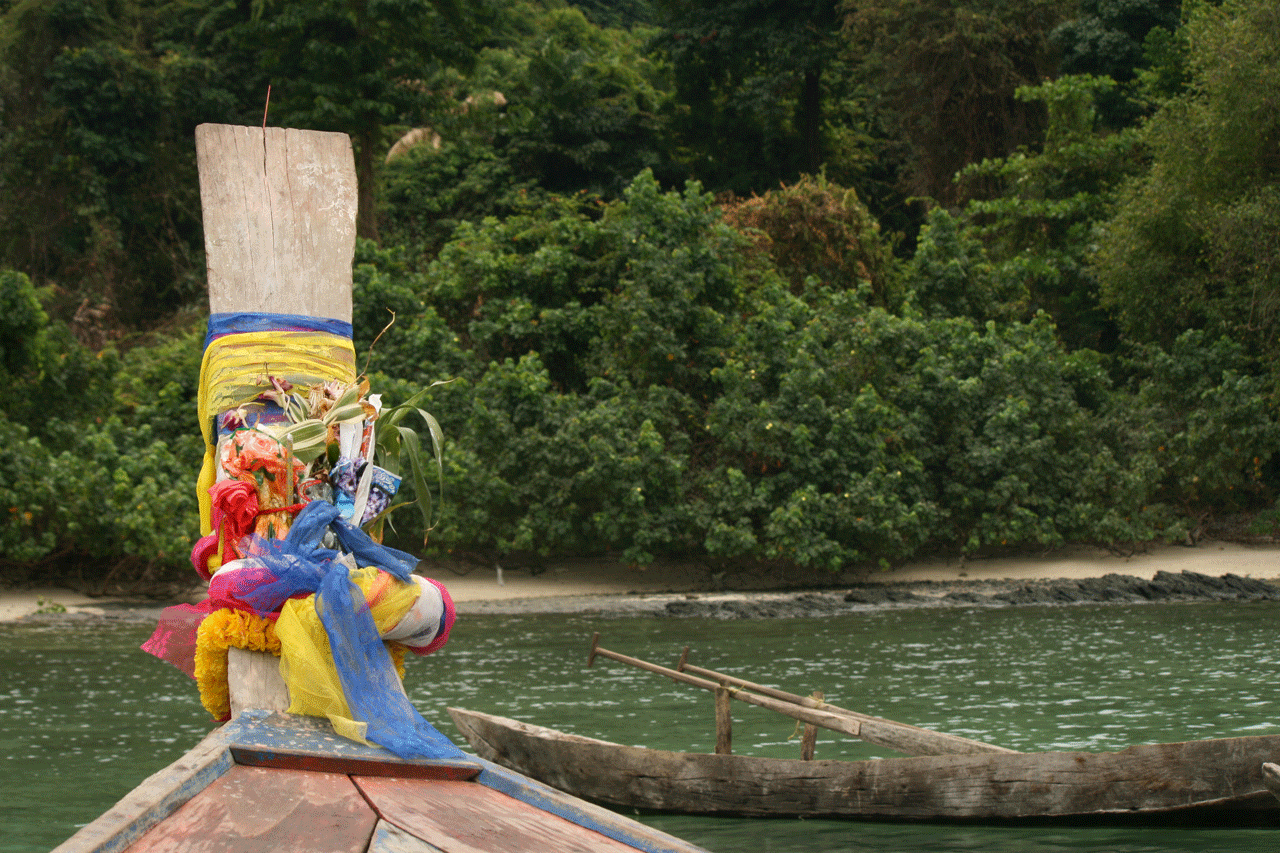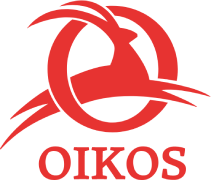COAST
Strengthening local capacities for the environmental conservation and tourism development in the Myeik Archipelago (COAST)

Sustainable tourism to face environmental degradation
The Myeik Archipelago in Myanmar holds immense environmental and cultural value. However, the alarming degradation of its natural resources, caused by poor land management, is putting the survival of local communities at risk. For this reason, we chose to invest in sustainable tourism, seeing it both as an opportunity for local development and as a tool for environmental conservation. This initiative is part of a broader programme focused on the protection and sustainable management of Lampi Marine National Park, where Oikos has been active since 2007.
Lampi is the only marine national park in Myanmar. It is home to a remarkable variety of biodiversity, with more than 1,000 plant and animal species, both terrestrial and marine. It also provides a refuge for many endangered species, including sea turtles, dugongs and pangolins.
In the past fifteen years, population growth in the archipelago has not been accompanied by an equal expansion of public services or a diversification of the local economy. Most people still depend on fishing for their livelihoods, but growing competition over marine resources is making life more difficult for small-scale fishers. At the same time, illegal and destructive fishing practices are becoming increasingly widespread.
To protect the natural heritage of the archipelago, especially within Lampi National Park, and to improve the living conditions of local communities, we focused on several key areas. These include training local stakeholders, improving essential services such as access to water, latrines and waste disposal, promoting sustainable land use and planning, developing a park management plan, and encouraging income-generating activities in ecotourism and traditional crafts. As part of the project, we also built a Visitor Centre on Bo Cho Island. This facility serves as a hub for environmental awareness and education across the archipelago, helping both local communities and travellers understand the importance of protecting its extraordinary natural and cultural heritage.
All of these actions were supported by training sessions to strengthen local skills and by environmental education activities designed for the entire community, with a particular focus on students.
Il progetto in numeri
180k
potabile in Tanzania
22k+
raccolti a Ibo, Mozambico
52k+
in Mozambico e Myanmar
11k+
di educazione nel mondo
200
di attività economiche
in Tz e Myanmar
1700
in Italia
1700
in Italia
52k+
in Mozambico e Myanmar
1700
in Italia

